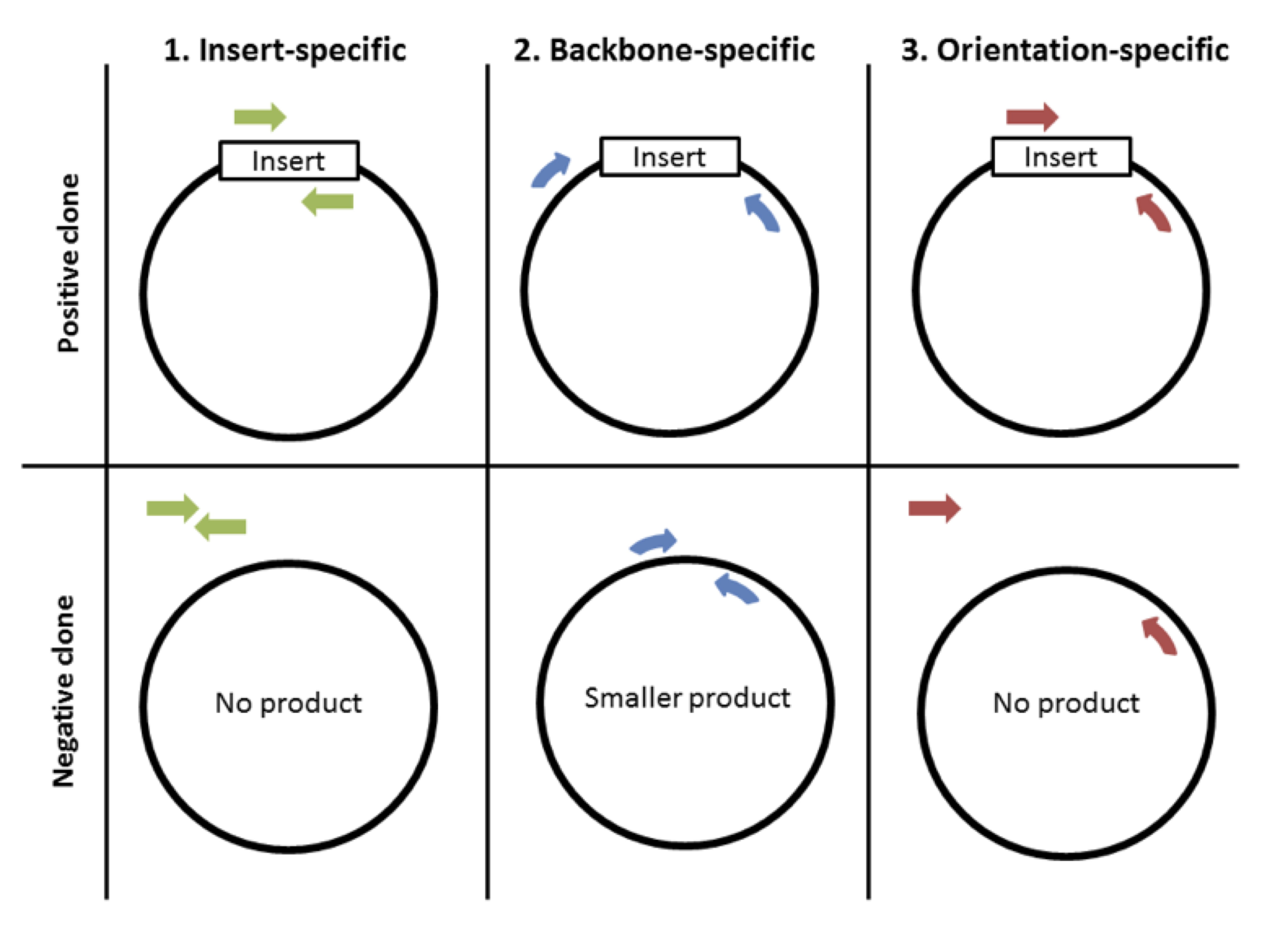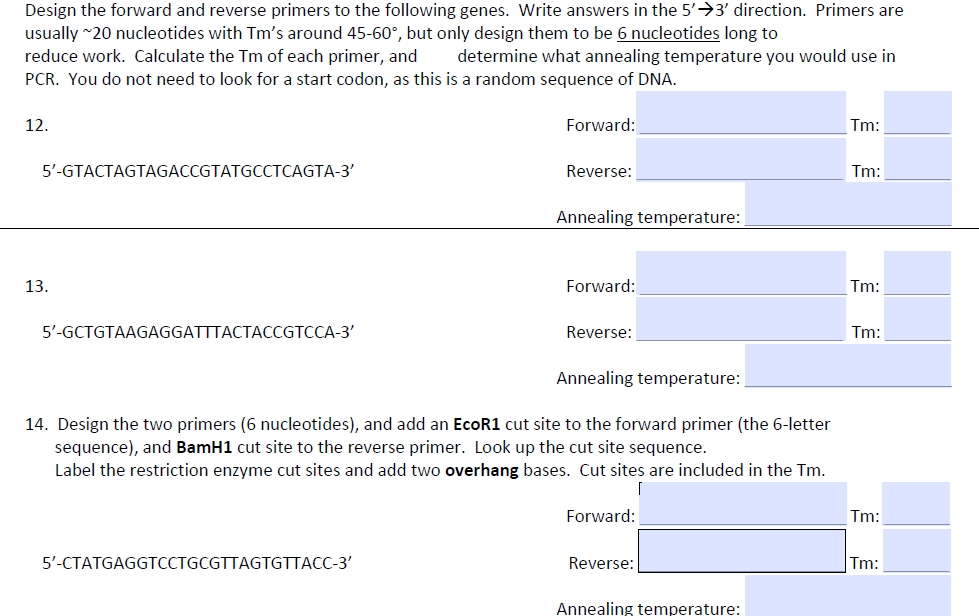Table Of Content

We have developed Primer-BLAST as a general purpose public tool that helps users design target-specific primers. Primer-BLAST offers flexibility to accommodate different primer design needs. Users can either design new primers or check the specificity of pre-existing primers. Notably, Primer-BLAST incorporates a global alignment mechanism and is designed to be very sensitive in detecting potential amplification targets. Finally, it has the capability to place primers based on exon/intron boundaries and SNP locations.
Authors’ original file for figure 3
Properly designed primers reduce the cost and time spent on experimentation. Primer-BLAST is a powerful tool to find the primers specific to a template. This tool is free to use and does not require software installation or programming skills. This article demonstrates how to design PCR primers with an example of Primer-BLAST. The results shown in Figure 3 exemplify one of the major challenges when designing an optimization strategy for PCR.
Table 3
To do this, simply select “Primer must span an exon–exon junction.” You don’t need to change the other settings. ZymoTaq DNA Polymerase makes it easy to perform hot-start qPCR while reducing primer dimers and nonspecific product formation. For more information, view our collection of ZymoTaq Polymerase products. The maximum number of Gs or Cs allowed in the last five 3' bases of a left or right primer.
How to: Design PCR primers and check them for specificity
For this reason, mRNA sequences differ from genomic DNA sequences. Thanks to the splicing it is possible to design a PCR assay specific to the RNA transcript. With this option on, the program will automatically retrieve the SNP information contained in template (using GenBank accession or GI as template is required) and avoid choosing primers within the SNP regions. The maximum number of PCR targets (amplicons) to be found on any single sequence in the search database.

High-throughput primer design by scoring in piecewise logistic model for multiple polymerase chain reaction variants ... - Nature.com
High-throughput primer design by scoring in piecewise logistic model for multiple polymerase chain reaction variants ....
Posted: Wed, 07 Dec 2022 08:00:00 GMT [source]
(G) The forward primer and reverse complementary sequence of the reverse primer for the N3 gene from USA are shown in yellow and the N gene from China in red. F represents the forward primer and R represents the reverse complementary sequence of the reverse primer. D-TOPO cloning offers one of the simplest modification among the methods that require modified primer sequences. D-TOPO cloning allows the cloning of insert in one particular direction rather than chance as observed in the cloning methods mentioned above. This is achieved by a short strech of 4 nucleotides ‘CACC’ that are added to the 5′ end of the forward primer. And, no special sequence modifications (additions or deletions) to the reverse primer.
The design steps will be similar if you use other primer design programs, and the information below should give you an idea of the parameters to watch out for. The maximum number of PCR targets (amplicons) to be shown when designing new primers. As the template sequence is from 5’ to 3’ direction, the reverse primer cannot be ordered directly.
Primer Design for PCR
Researchers in Korea performed experiments to compare the previously reported primer-probe sets from the WHO for molecular diagnosis. Their results revealed that in the case of targeting the RdRp/ORF1 region, the ORF 1ab (China) set might be more sensitive than others. 2019-nCoV_N2 (USA) and NIID_2019-nCOV_N (Japan) sets may be recommended for the sensitive RT-qPCR assay of the N region. Therefore, an appropriate combination of the ORF 1ab (China), 2019-nCoV_N2 (USA), and NIID_2019-nCOV_N (Japan) sets should be selected for sensitive and reliable laboratory confirmation of SARS-CoV-2 52. The target region to be flanked by the primer(s) is the specific region of the gene sequence that should be copied on the template DNA. Quantitative PCR (qPCR) primer design is a critical step when setting up your qPCR or reverse transcription-qPCR assay (RT-qPCR) for gene expression analysis.
Thus, mutations and recombination can reduce the sensitivity of the RT-qPCR. In December 2019, a new coronavirus disease (COVID-19) outbreak occurred in Wuhan, China. Severe acute respiratory syndrome-coronavirus-2 (SARS-CoV-2), which is the seventh coronavirus known to infect humans, is highly contagious and has rapidly expanded worldwide since its discovery. Quantitative nucleic acid testing has become the gold standard for diagnosis and guiding clinical decisions regarding the use of antiviral therapy. However, the RT-qPCR assays targeting SARS-CoV-2 have a number of challenges, especially in terms of primer design. Once virus mutation and recombination occur, it is difficult to effectively diagnose viral infection by existing RT-qPCR primers.
The forward primer synthesizes the upper strand using the bottom strand as a template. Whereas Reverse primer uses the upper strand as a template and synthesizes the lower strand. Examination of the alignment of transcript variant 5 with other variants indicates that the existence of exon 2 and absence of exon 4, when combined, are the only features that distinguish it from the rest (Figure 2).
Secondary structures are more likely in high GC content target DNA and can cause inefficient primer binding - another way that primer dimers are apt to rear their ugly heads. Again, DNA polymerases can be slowed down by thermo-stable secondary structures. Understanding the implications of primer design within PCR dynamics will help you plan successful experiments that reveal meaningful biological phenomena.
However, regardless of the anticipated approaches, the fundamental framework has remained the same. PCR, in all its grandeur, is an in vitro application to generate large quantities of a specific segment of DNA. Ice bucket with reagents, pipettes, and racks required for a PCR. Best practice is to aliquot primers to avoid degradation due to multiple freeze thaw cycles during storage. You’ve used your knowledge of primer design to successfully run a PCR experiment and now you’re ready to use your amplified DNA for downstream experimentation. However, many downstream applications require extremely pure, concentrated DNA that is free of contaminants.


No comments:
Post a Comment